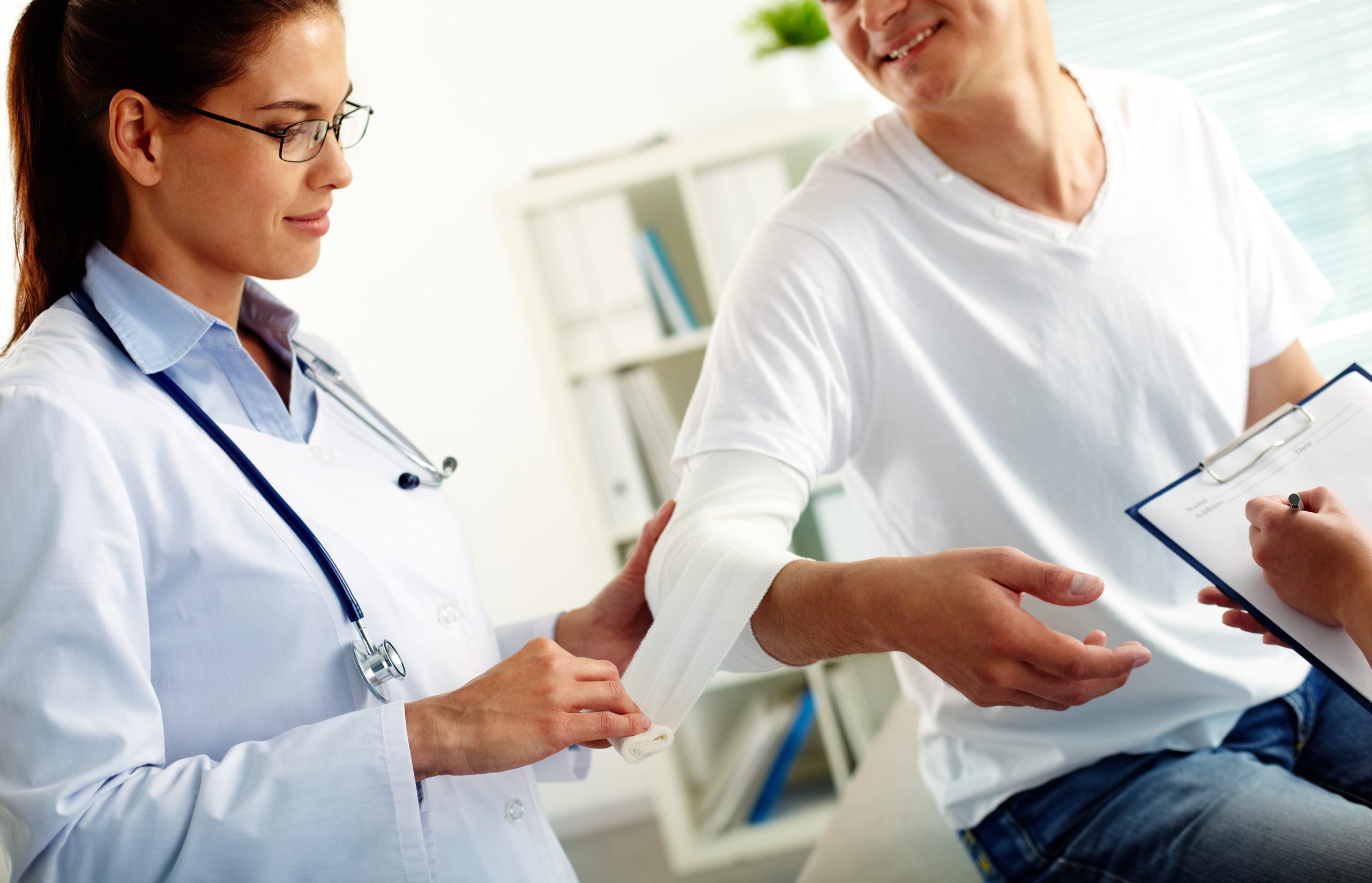Introduction to Health and Safety During Natural Disasters
Natural disasters can strike at any time, leaving devastation in their wake. Whether it’s a hurricane, earthquake, or wildfire, being prepared is key to ensuring your safety and the safety of those around you. In this article, we will cover some essential health and safety checklists that you should follow before, during, and after a natural disaster strikes.

First Aid and Health in Survival Situations
In survival situations, first aid is critical for preventing minor injuries from becoming major ones. It’s crucial to have a well-stocked first aid kit on hand with essentials like bandages, antiseptic, and pain relievers. Additionally, make sure to take steps to maintain good personal hygiene, such as washing hands regularly and avoiding contact with contaminated water or food.
Safety Measures & Self-Defense to survive
When disaster hits, it’s essential to prioritize your safety above all else. This means taking necessary precautions to protect yourself from harm. If you are in an area affected by a natural disaster, stay alert and aware of potential hazards, such as downed power lines or unstable structures. It may also be necessary to defend yourself against dangerous animals or people who may try to take advantage of the situation.
Preparing for a Natural Disaster: What You Need to Know
Being prepared is one of the most important things you can do to ensure your safety during a natural disaster. Start by creating an emergency plan with your family or loved ones, including evacuation routes and meeting places. Make sure to stock up on supplies, including non-perishable food, water, flashlights, and extra batteries. It’s also essential to keep important documents, such as passports and insurance policies, in a safe place where they can easily be accessed if needed.
Recovering After the Storm: Health and Safety Checklist
After the storm has passed, there are still several health and safety measures to consider. Firstly, continue to practice good personal hygiene, including washing hands frequently and using sanitation stations when available. Be cautious when entering damaged buildings or areas, as they may pose structural risks. Finally, seek medical attention immediately if you experience any injuries or illnesses, even if they seem minor.
Conclusion
Disasters can happen without warning, but by following these health and safety guidelines, you can help ensure your protection and wellbeing during difficult times. Remember to always prioritize your safety and the safety of others, and to remain vigilant throughout the entire process.